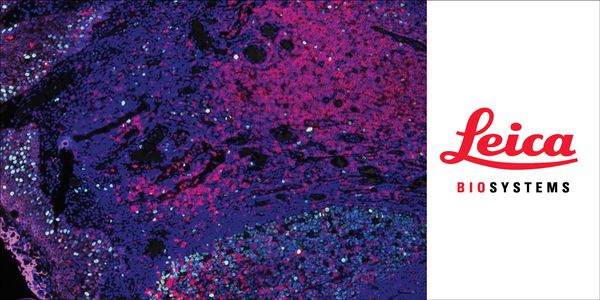Spatial transcriptomics methods permit gene expression from focal areas within a tissue to be profiled while maintaining the morphologic context of the tissue microenvironment. This presentat...
SEP 12, 2019 | 8:00 AM
DATE: September 12, 2019TIME: 8:00am PDTIn the upcoming era of personalized medicine, there is a growing need for the development of rapid, sensitive, precise and accurate analysis of t...
JUL 30, 2019 | 10:00 AM
DATE: July 30, 2019TIME: 10:00am PT/ 1:00pm ET The importance of building a validation structure within your lab cannot be overstated. Once in place, the ability to identify high...
JUN 05, 2019 | 5:00 PM
DATE: June 5, 2019TIME: 8:00am PDT, 11:00am EDT, 5:00pm CEST Eukaryotic cell cultures respond to the most subtle influence. Apart from the risk of contamination, minimal chan...
MAY 16, 2019 | 4:00 PM
DATE: May 16, 2019TIME: 7:00am PDT, 10:00am EDT, 4:00pm CEST The emergence of NGS is revolutionizing the microbiological sciences and transforming medicine. Deep sequencing has...
NOV 15, 2018 | 8:00 AM
DATE: November 15, 2018TIME: 11:00am EST, 5:00pm CET Applications of micro-CT technology in endodontics Abstract ...
NOV 15, 2018 | 1:00 AM
DATE: November 15, 2018TIME: 10:00am CET, 5:00pm CST Applications of micro-CT technology in endodontics Abstract Microcomputed tomography (mic...
MAY 02, 2018 | 8:00 AM
Immunohistochemistry protocols, which utilize antibodies to visualize proteins in tissue sections, have many steps that need optimized to prevent non-specific background effects, artifacts, o...
















